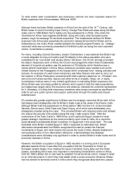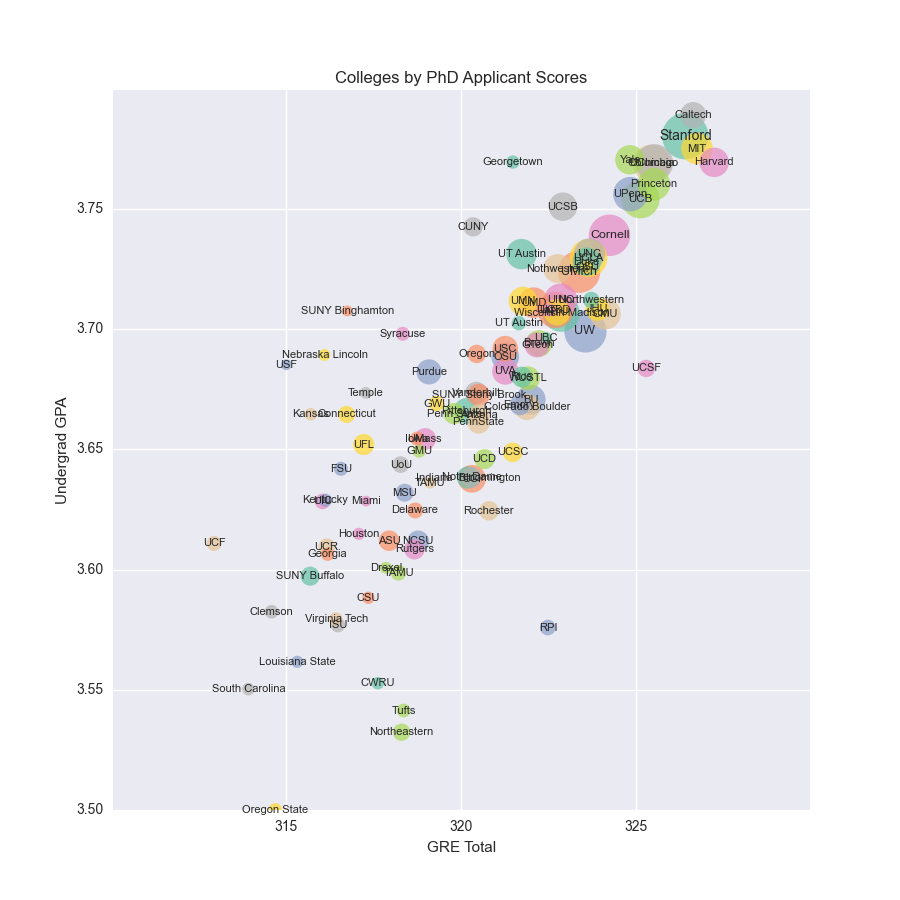Types of Electrode: 4 Types (With Diagram).
Standard electrode potential is a measurement of the potential for equilibrium. There is a potential difference between the electrode and the electrolyte called the potential of the electrode. When unity is the concentrations of all the species involved in a semi-cell, the electrode potential is known as the standard electrode potential.
Reference electrodes. Reference electrodes are needed for measuring electrochemical potentials.A reference electrode is a half cell with an electrode potential establishing fast, reproducible and long time constant. It’s necessary to mention which kind of reference electrode you are using for your measurements. For measurements confirming standards you has to use the Hydrogen Electrode.

Electrode potential, E, in electrochemistry, according to an IUPAC definition, is the electromotive force of a cell built of two electrodes: on the left-hand side is the standard hydrogen electrode, and on the right-hand side is the electrode the potential of which is being defined. By.

Calorel electrode is often used as a reference electrode as being simpler to handle, whose electrode potential with respect to the standard hydrogen electrode is known and depends only on temperature. The calomel electrode consists of a mercury electrode placed in a KC1 solution of a certain concentration and saturated with calomel Hg-, Cl2.

The Electrochemical Circuit for an Ion Selective Electrode measurement. An ISE (with its own internal reference electrode - more details later) is immersed in an aqueous solution containing the ions to be measured, together with a separate, external reference electrode. (NB: this external reference can be completely separate or incorporated in.

Therefore, placing the reference on a high-impedance surface as suggested in the question (suspended in air or fastened to an insulator like wood) is the worst thing you can do. Fig. 1. Diagram of an electrophysiological recording setup. source: InTech. Note that the reference electrode here is called a reference electrode.

It is not possible to measure the absolute value of the single electrode potential directly. Only the difference in potential between two electrodes can be measured experimentally. It is, therefore, necessary to couple the electrode with another electrode whose potential is known. This electrode is termed as reference electr ode. The EMF of the.

How does a reference electrode work in a three electrode system? Ask Question Asked 4 years, 5 months ago.. The reference electrode lets you control the potential difference so you don't apply too much driving force to the working electrode and end up reducing water etc. No current passes through it. I don't understand how the reference electrode lets you control the potential and how it.

E5 ELECTRODES AND ELECTROLYTES. hydrogen reference electrode, electrode potential, cell potential, standard electrode potential, electrochemical reversibility, bioelectrode, battery, electrolysis, overpotential. 2. Describe and explain the behaviour of reversible and irreversible metal-electrolyte electrodes and their electrode potentials in terms of ions, electrons and currents. 3.

Notice that the sign of the potential of the zinc anode is the reverse of the sign given in the chart of standard electrode potentials (see Table 1) because the reaction at the anode is oxidation. In the chart of standard electrode potentials (see Table 1), reactions are arranged in order of their tendency to occur. Reactions with a positive.

A reference electrode is also needed with these ISE so that the varying potential of these ISE can be compared with the steady potential produced by reference electrode. Gas Sensing Electrodes: They are used generally to estimate the concentration of gas by its interaction in a thin layer surrounding an ion sensitive electrode, commonly a pH electrode.

The following table shows the electric potentials known for the calomel electrode (Hg-Hg 2 Cl 2) and silver-silver chloride electrode (Ag-AgCl), which are well-known reference electrodes. These values were determined in comparison with the electric potential of an S.H.E.

The reference electrode achieves this by providing contact with the sample through its liquid junction. For a reference electrode to be useful, it must provide both a stable and reproducible potential to which the indicating electrode potential can be compared. Reference Electrode Construction.



